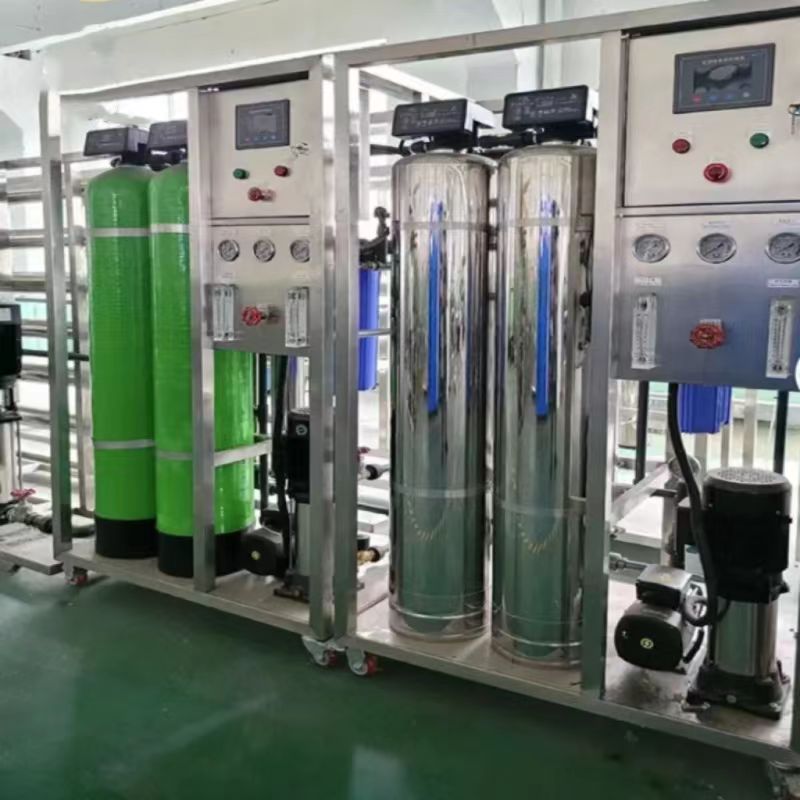 English
English 简体中文
简体中文  Esperanto
Esperanto  Afrikaans
Afrikaans  Català
Català  שפה עברית
שפה עברית  Cymraeg
Cymraeg  Galego
Galego  繁体中文
繁体中文  Latviešu
Latviešu  icelandic
icelandic  ייִדיש
ייִדיש  беларускі
беларускі  Hrvatski
Hrvatski  Kreyòl ayisyen
Kreyòl ayisyen  Shqiptar
Shqiptar  Malti
Malti  lugha ya Kiswahili
lugha ya Kiswahili  አማርኛ
አማርኛ  Bosanski
Bosanski  Frysk
Frysk  ភាសាខ្មែរ
ភាសាខ្មែរ  ქართული
ქართული  ગુજરાતી
ગુજરાતી  Hausa
Hausa  Кыргыз тили
Кыргыз тили  ಕನ್ನಡ
ಕನ್ನಡ  Corsa
Corsa  Kurdî
Kurdî  മലയാളം
മലയാളം  Maori
Maori  Монгол хэл
Монгол хэл  Hmong
Hmong  IsiXhosa
IsiXhosa  Zulu
Zulu  Punjabi
Punjabi  پښتو
پښتو  Chichewa
Chichewa  Samoa
Samoa  Sesotho
Sesotho  සිංහල
සිංහල  Gàidhlig
Gàidhlig  Cebuano
Cebuano  Somali
Somali  Тоҷикӣ
Тоҷикӣ  O'zbek
O'zbek  Hawaiian
Hawaiian  سنڌي
سنڌي  Shinra
Shinra  Հայերեն
Հայերեն  Igbo
Igbo  Sundanese
Sundanese  Lëtzebuergesch
Lëtzebuergesch  Malagasy
Malagasy  Yoruba
Yoruba  Español
Español  Português
Português  русский
русский  Français
Français  日本語
日本語  Deutsch
Deutsch  tiếng Việt
tiếng Việt  Italiano
Italiano  Nederlands
Nederlands  ภาษาไทย
ภาษาไทย  Polski
Polski  한국어
한국어  Svenska
Svenska  magyar
magyar  Malay
Malay  বাংলা ভাষার
বাংলা ভাষার  Dansk
Dansk  Suomi
Suomi  हिन्दी
हिन्दी  Pilipino
Pilipino  Türkçe
Türkçe  Gaeilge
Gaeilge  العربية
العربية  Indonesia
Indonesia  Norsk
Norsk  تمل
تمل  český
český  ελληνικά
ελληνικά  український
український  Javanese
Javanese  فارسی
فارسی  தமிழ்
தமிழ்  తెలుగు
తెలుగు  नेपाली
नेपाली  Burmese
Burmese  български
български  ລາວ
ລາວ  Latine
Latine  Қазақша
Қазақша  Euskal
Euskal  Azərbaycan
Azərbaycan  Slovenský jazyk
Slovenský jazyk  Македонски
Македонски  Lietuvos
Lietuvos  Eesti Keel
Eesti Keel  Română
Română  Slovenski
Slovenski  मराठी
मराठी  Srpski језик
Srpski језик
Reverse osmosis (RO) concentrated water reuse
2023-10-31
Reverse osmosis (RO) concentrated water reuse
Whether it is pure water preparation or industrial wastewater reuse, while using reverse osmosis (RO) technology, it is bound to produce a certain proportion of concentrated water. Because of the working principle of reverse osmosis, the concentrated water in this part often has the characteristics of high salinity, high silica, high organic matter, high hardness and so on. In view of such characteristics, we often need to choose some measures for concentrated water according to the specific situation, in order to avoid wasting water resources and obtain the purpose of reducing cost and increasing efficiency.
First, common concentrated water treatment methods for pure water preparation:
① Direct external discharge (all external discharge) : common in small pure water equipment, tap water as raw water, concentrated water directly three levels of discharge.
Main reasons: raw water quality is good, concentrated water indicators can meet the discharge standards; The flow rate is small and does not have the economic value of secondary pretreatment utilization (compared with the price of raw water)
Note: In some cases, concentrated water can be mixed with raw water of better quality (reducing the concentration of specific indicators) to meet the tertiary discharge standards. The system can also reduce the concentration of concentrated water by reducing the recovery rate.
② Recycling (partial collection and treatment) : common in above medium equipment or projects, system recovery requirements are high, concentrated water after pretreatment or ROR device, into the main system, recycling, improve the overall recovery rate. A certain proportion of concentrated water (including all ultra-concentrated water) is collected and treated, and cannot be directly discharged.
Main reasons: the system recovery rate is high, one-way recovery rate can not meet the overall recovery requirements; Environmental protection requirements are high, requiring a high proportion of water resources. The recycling of concentrated water increases the concentration of salt and other indicators indefinitely, and stable concentrated water (super concentrated water) needs to be discharged regularly to achieve stable operation of the system. The indicators of this part of concentrated water often exceed the three-level discharge standards and need to be collected and treated.
Concentrated water pretreatment: According to the four characteristics of concentrated water, combined with the actual situation, mechanical filtration, softening and other measures are carried out, so that the pre-treated concentrated water can basically meet the water quality standards of raw water, enter the original tank (pool), and be reused.
ROR device: After proper pretreatment of concentrated water, additional RO device is used for a treatment, and the purified water generated (which may not meet the water quality standard of pure water) enters the original tank for reuse. The super concentrated water generated by the ROR device cannot be discharged directly and needs to be collected and treated.
Concentrated water pretreatment: According to the four characteristics of concentrated water, combined with the actual situation, mechanical filtration, softening and other measures are carried out, so that the pre-treated concentrated water can basically meet the water quality standards of raw water, enter the original tank (pool), and be reused.
ROR device: After proper pretreatment of concentrated water, additional RO device is used for a treatment, and the purified water generated (which may not meet the water quality standard of pure water) enters the original tank for reuse. The super concentrated water generated by the ROR device cannot be discharged directly and needs to be collected and treated.
Briefly describe the advantages and disadvantages of each treatment method in wastewater treatment
Water reuse: ultrafiltration + reverse osmosis (UF+RO) process, the comprehensive recovery rate of 50%, the remaining concentrated water needs further treatment.
Low temperature evaporator: low temperature vacuum treatment, small processing capacity, generally 200L/H-- 3000L/H processing capacity. Common cleaning agent, electroplating wastewater, cutting fluid wastewater and other mechanical processing waste liquid, the general working temperature is about 30℃.
MVR evaporator: The combination of low temperature and low pressure evaporation technology, moderate processing capacity, general processing capacity above 0.5T/H. Common in chemical, food, paper, medicine, seawater desalination and other fields, the general working temperature of 70-90℃.
Multi-effect evaporator: Traditional high-temperature evaporator, through the multiple utilization of steam to improve the comprehensive utilization efficiency of energy, with evaporator and condenser two parts, the system is stable, high energy consumption, need to be equipped with steam system (there is a separate steam generator equipment).
Outsourcing treatment: The wastewater composition is different, the region is different, the treatment cost is different, and the unit price per ton ranges from hundreds to thousands.
Through the comprehensive selection of the above methods, it can be used alone or in combination to achieve the purpose of reducing cost and increasing efficiency.





